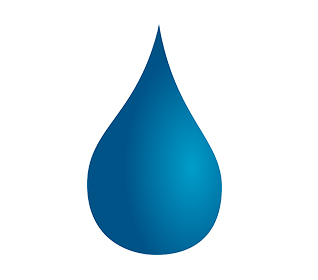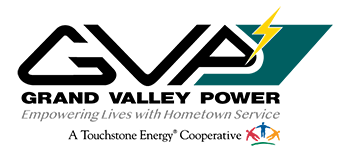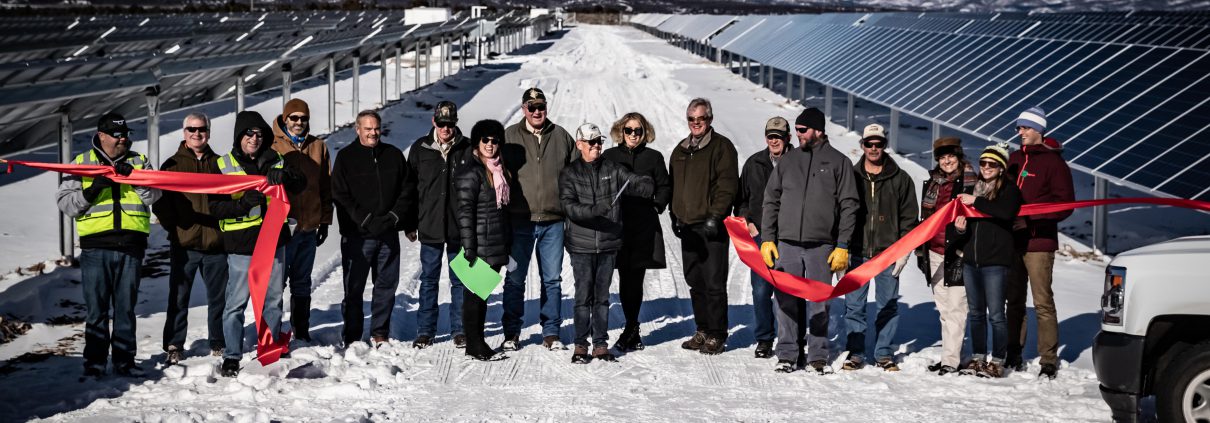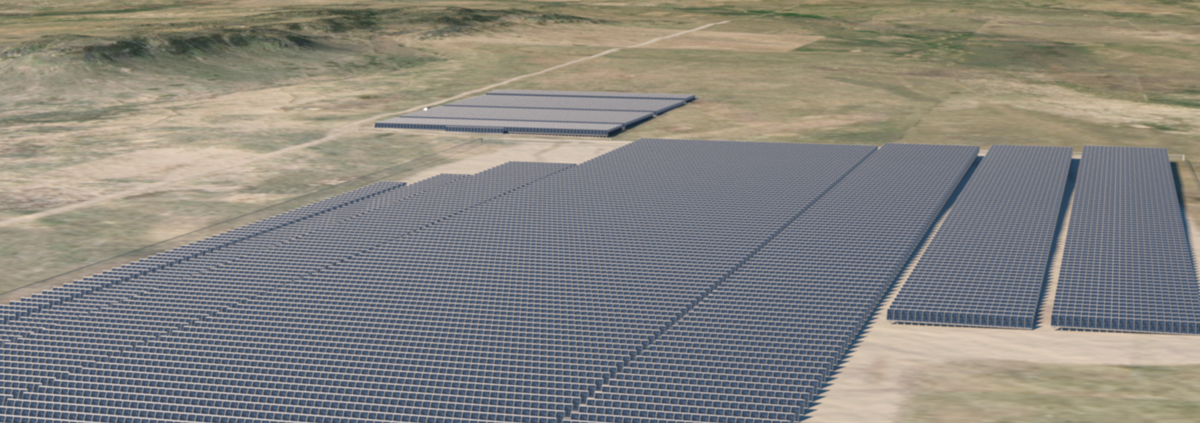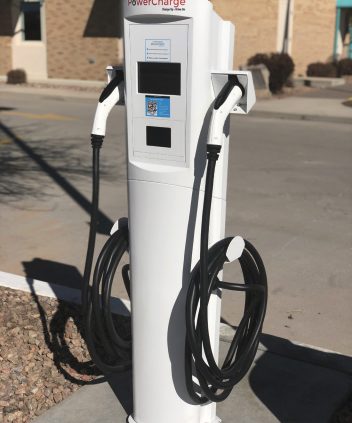NRECA’s Essence Tool Guarding Grid
By Cathy Cash, National Rural Electric Cooperative Association
It was the perfect setup: remote, rustic and with a real electric grid ripped by sabotage.
The question for the National Rural Electric Cooperative Association was how Essence, a tool it developed to monitor the grid, would facilitate a so-called “blackstart,” restoring power amid a ruined transmission network where cyber mayhem lurks.
To find out, NRECA’s chief scientist Craig Miller and senior research engineer Stan McHann, along with other electric utility technology experts, participated in a drill organized by the Defense Advanced Research Projects Agency (DARPA) on Plum Island, New York.
The 840-acre island, about three miles off Long Island’s coast, has its own utilities and a dozen high-voltage substations. It holds shuttered federal defense facilities dating back 100 years and a midcentury laboratory to test diseases in farm animals.
“It was not a tabletop exercise. It was a physical problem with small substations and utility control centers. We needed to restore power to them and synchronize them to the grid,” Miller said.
DARPA created Rapid Attack Detection, Isolation and Characterization Systems (RADICS) to explore ways to resolve prolonged outages wrought by disasters like earthquakes, floods, fires, hurricanes or cyberattacks, where networks are destroyed and utility crews are gone.
November’s RADICS exercise was a key test of the technology.
“DARPA is very interested in Essence as part of the solution to deal with catastrophic failure of the grid across a large region of the country,” Miller said. “This exercise focused on how Essence can help restore a massive outage.”
Essence provides a constant monitor of activity on the electric grid. Sensors gather thousands of data points and anything abnormal shows up quickly.
“Essence tells us what’s up and what’s not and what’s behaving accurately or atypically. It monitors voltage for stability and the physics of the grid. ‘Malware’ could show up and it detects it instantly on the network,” he said.
NRECA plans to release Essence to potential commercialization customers for evaluation in April, Miller said. Before that, adjustments will be made to make the tool more “utility-friendly” by delivering only the most salient information to utility staff, enabling them to respond faster to grid incidents.
BATTLING UNDER A NEW INTENSITY
NRECA has been working with electric co-ops in developing Essence to provide “situational awareness on both the electrical and the cyberfront of the grid,” Miller said. Through tests with co-ops, the tool has prevented cyberattacks, overloading of transformers and possible fires.
That’s what co-ops face every day: the reality of keeping the lights on while keeping threats at bay.
NRECA was involved in each of RADICS’s four exercises, but Miller said the recent Plum Island test brought “a new intensity.
“It tasked us with learning what the utility people want to know and when. There were no coffee breaks. You did not get lunch. You were under pressure,” he said.
Pummeled with wind and rain, McHann, the only member of the NRECA team on Plum Island, arrived by ferry and hiked the island to install Essence equipment on substations and perform local analysis of devices and sensors. He had to pack enough gear and food in case inclement weather kept him on the test site overnight.
On top of the sheer physical reconstruction of the grid, participants also had to battle cyberattacks that pushed misinformation and fouled communications.
“Whatever DARPA threw at us, we had to keep that critical asset electrified,” McHann said. “Our job is to take those hard problems, break them down and design technology to solve them. It was not a simulated environment. It was a very real environment.”
As part of the exercise, one goal was to maintain power to a building that had previously been used for government research. “The building had been abandoned and sealed for over 50 years. Our job was to ‘restore power’ to it,” said Miller, who worked from a control center in Long Island.
Red, yellow and green “air dancers,” often seen flailing at car dealerships, puddled beside buildings targeted for power restoration. “When power came on, they stood up,” said Miller. “It was fun.”
Cathy Cash is a staff writer at NRECA.


